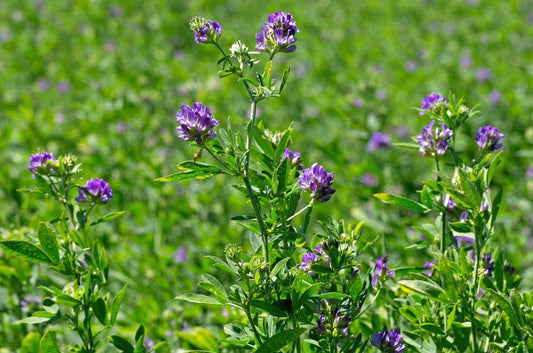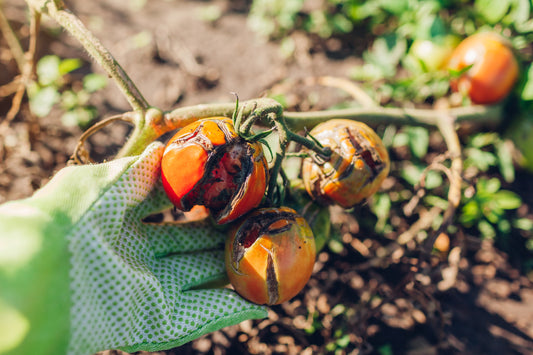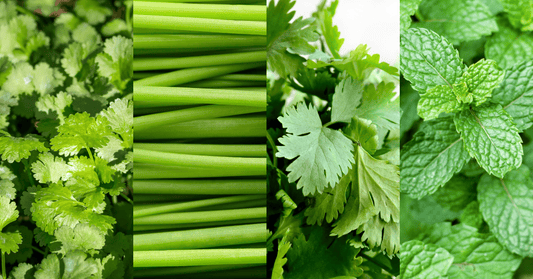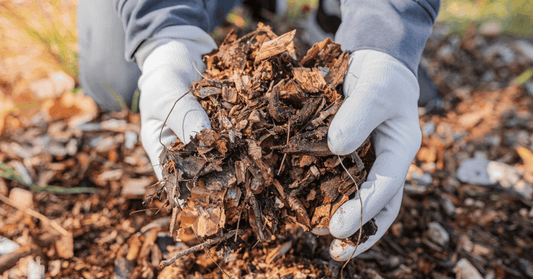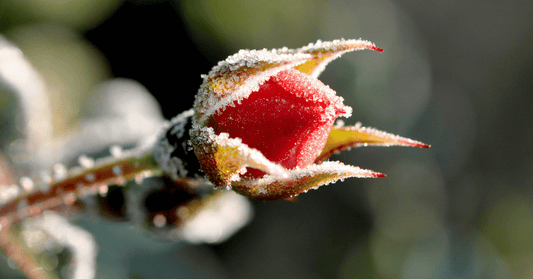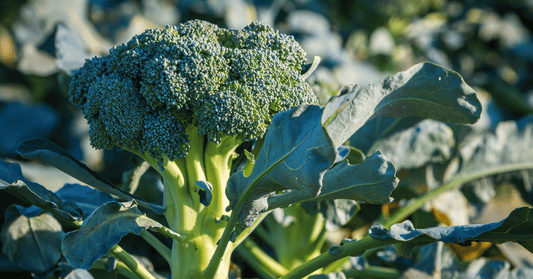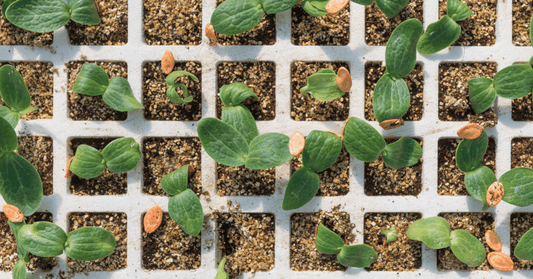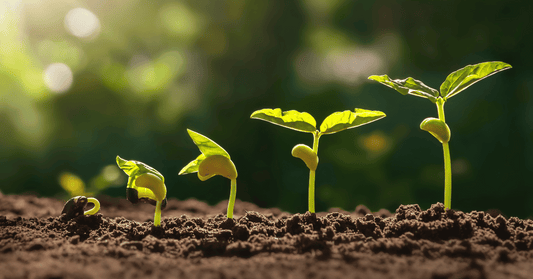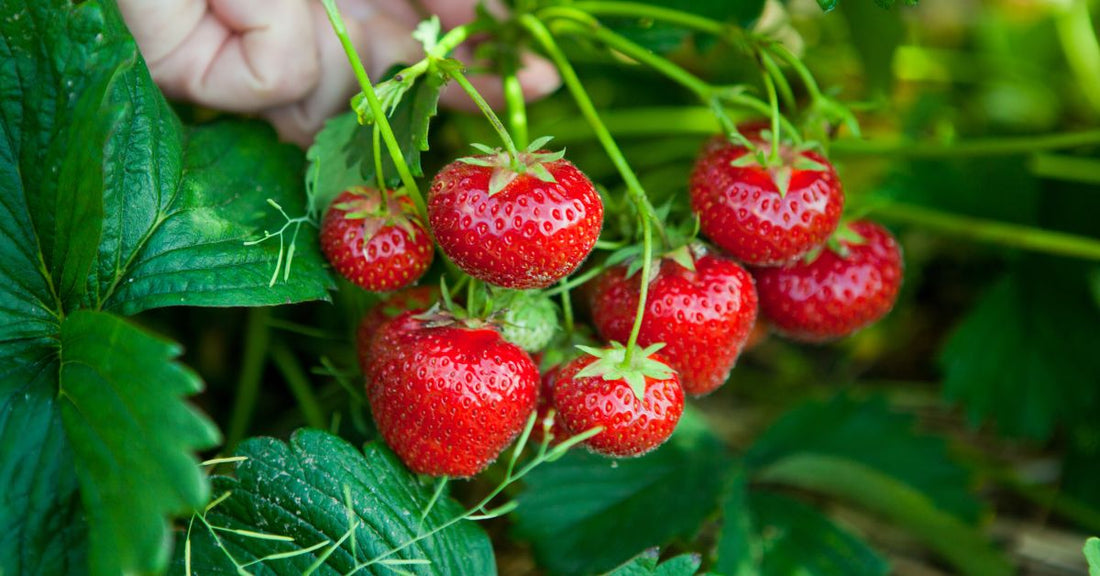
The Strawberry Growing Guide
Strawberries are a delicious summer fruit that everyone loves. The problem is: that once you start growing your own strawberries, you might not ever be able to buy them in the store again. Home-grown strawberries are full of flavor and taste, making them the perfect side dish for your summer lunches or breakfasts.
If you're a beginner gardener looking for an easy crop, you’ll be happy to know strawberries are a great place to start. It’s a relatively easy crop to add to your garden that doesn't require much maintenance or attention.
We put together a guide to help you navigate through all the ends and the outs of growing strawberries, so you can start to experience the home-grown taste today.

The Three Methods For Growing Strawberries
Raised Beds
Raised beds provide strawberries with optimal drainage and can be easier to control. Since they are raised off the ground, they are easier to protect from birds, and you’re less prone to weeds. It also helps you keep grass away from your crops.
Containers
Containers aren’t the best long-term solution and don’t provide the best growing conditions for your strawberries. However, they do make the strawberries easier to manage. As a general rule of thumb, if you’re only looking to have one season of strawberries containers or hanging baskets is a great solution. They allow you to test the waters of the strawberries and can be great for decorative purposes around your house, since you'll be able to put your strawberries wherever you please!
If you live in colder climates, containers can also be a great option for you, so you can move your plants to the basement or garage during colder weather. Don't forget to add drainage holes if you go with this option.
In The Ground
If you’re looking for a long-term solution, planting them in the ground is the way to go. It’s the easiest way to go about it. Strawberries can produce fruit for three years and sometimes even longer than that in the ground. However, you’ll want to avoid areas where there are weeds. You’ll also want to make sure there is some distance between your strawberries and the other plants in your garden if you choose to plant them in the ground. This is to ensure your berries are getting the proper amount of nutrients to thrive and grow.

Step by step guide to growing your strawberry garden
Ready to start growing strawberries in your strawberry garden? Here’s a step by step guide:
- Choose whether you want to grow your strawberries in raised beds, in-ground gardens, or containers.
- You’ll want to make sure you make room for runners by planting your strawberry plants at least 18 inches apart.
- When planting them, make sure they'll get at least eight hours of sun a day in the area you choose
- You’ll need well-drained, fertile soil with a pH of 5.5 to 6.8.
- Once you plant them, give them at least 1 to 1.5 inches of water every week.
- Keep your fruit clean by tucking straw under the fruit. This will help you protect your fruits from snails and keep the fruit from being too wet. When wet, they can start to rot.
- Insects assist strawberries with pollination, so you’ll want to shelter them from strong winds.
- Avoid over wetting the leaves, when watering
- Consider netting your strawberries to protect them from birds.
- Once your strawberries are ready to harvest, you’ll want to harvest them in the early morning and put them immediately in the fridge.
If you don’t want to plant your strawberries using runners, you can start them as seedlings. If you decide to start with seeds, you can increase your likelihood of germination by using EM-1 Microbial Inoculant, our liquid probiotic that can help improve seed germination and root development.
To use this on your strawberry seedlings, simply soak the seeds in the concentrate before planting them. After, immediately transplant from pots into the garden beds. Water them weekly throughout the growing season, and follow all of the same steps.
When will my strawberries be ready to harvest?
Keep in mind: that there are three different types of strawberries. These include Classic, Perpetual, and Alpine.
Classic strawberries are the strawberries that keep on giving! You’ll have delicious summer fruit to share with friends and family: all summer long. You can expect to have the most during June.
Perpetuals typically have two harvests in a year: one in June and one at the end of summer. You’ll still get the majority during June, but you’ll be lucky to receive some more near the end of the season to enjoy.
Lastly, Alpine strawberries are smaller in size and grow as ground cover. These are considered "wild strawberries" and can be easier to grow for first-time gardeners.
Even though they are smaller, you can expect an abundance of them to grow and be ready for harvest from June until early fall. These aren’t the strawberries you know and love and don’t have the same delicious taste as the classic strawberry.

The best time to grow strawberries
When it comes to choosing which month is the best time to plant your strawberries, you'll need to consider your USDA agricultural zone. These zones determine which month will have the best weather for your strawberry garden to thrive and produce fruit.
Here’s a breakdown:
- Zone 3-4: Early May - Mid May
- Zone 5: Early April - Early May
- Zone 6: Early March - Mid April
- Zone 7: December - Early April
- Zone 8: December - Mid March
- Zone 9-10: December- February
For zone 5 and colder: you’ll want to cover your strawberries with mulch during the colder months.
Tips for growing strawberries
Don't expect too much in the first year: During the first year, your strawberry crops probably won't bear too many berries. This is normal. You can expect much better results in the second and third seasons.
Acidic soil: One thing to keep in mind: these plants need slightly acidic soil to thrive. If you have naturally alkaline soil, you may want to consider growing strawberries in containers instead of directly in the soil.
Know when it's time to replace your crop: Strawberries can last anywhere from three to four seasons. After the fourth season, you'll want to replace your plants.
Keep a healthy distance between your strawberries and other vegetables: Strawberries are susceptible to diseases like verticillium wilt. You'll want to make sure they are planted far away from tomatoes, eggplant, or potatoes. These crops are known to carry verticillium wilt.

How EM-1 Microbial Inoculant Concentrate Can Help
We’re going to let you in on a little secret: EM-1 is exactly what your garden has been missing. This organic liquid probiotic can help you improve seed germination, root development, nutrient absorption, and soil fertility. It will also help improve plant vigor and health while influencing the uptake of sugars.
For the best results, we recommend pairing our EM-1 Microbial with our EM Bokashi. We call this our Dynamic Garden Duo. Our EM Bokashi is a premium quality rice bran that’s enriched with EM®. It contains friendly, effective microbes and can be added directly to your soil to help you build a healthier and stronger soil food web. With the help of both EM-1 Microbial Soil Amendment, you'll be able to improve your plant's quality, size, taste and color.
All you need to do is water your strawberries weekly with 1 oz. of EM-1 per gallon of water. Add the EM Bokashi directly to your soil to enhance your soil's fungal and microbial profile. Without these microbes, nutrients in your dirt will remain unavailable to your plants. By introducing EM® Premium Bokashi, your dirt will become enriched with the much-needed microbial and fungal life, helping you to nurture healthy plants.
Are you ready to start experiencing home-grown strawberries firsthand? It’s time to start gardening! As you plan for your next crops, always be mindful of what zone you live in. This is to ensure your plants grow throughout the year and you’re able to get the most out of your crops.
As you plan for your crops, lean on TeraGanix to help you improve your soil health and take your gardening to the next level. With the help of our products, you’ll be able to grow nutrient-rich produce that thrive and deliver delicious fruits and vegetables all season long.
